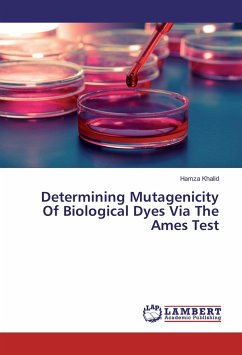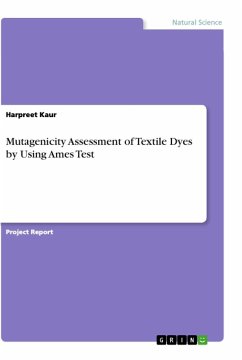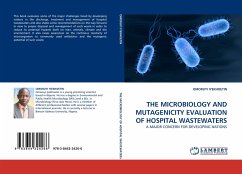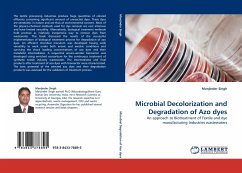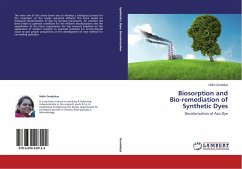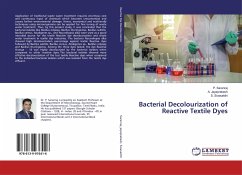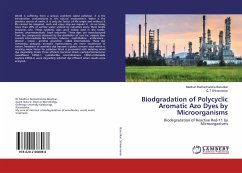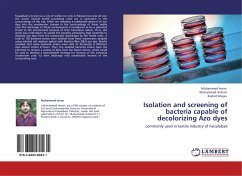Evidence has shown some biological dyes to be mutagenic, identifying mutagens are crucial since cancer is directly linked to mutations. Minimising exposure is one approach in reducing risk and preventing cancer. This paper aims to determine mutagenicity of five commonly used dyes (silver nitrate, safranin, acid fuchsin, methyl green and crystal violet). The mutagenic potential was achieved by exposing mutant strain of S. typhimurium (TA1535) (his -) to dyes of 0.25 mg/ml on minimal media plates via in vitro the Ames assay. The Ames test is a reliable initial screening for pharmaceuticals and cosmetics to check for mutagenic potential. Number of colonies counted correspond to the mutagenic strength of a dye. Safranin caused 250 (70%) revertants/plate, the highest number of reversions found in the study, while silver nitrate-induced reversion of 24 (7%) colonies, and was shown to be non-mutagenic. Every time silver nitrate was combined with other dyes it produced lower revertants than any other combinations. It is believed that the presence of amine and methyl groups contributes to mutagenicity. However, from the results, it is not possible to state an explanation.
Bitte wählen Sie Ihr Anliegen aus.
Rechnungen
Retourenschein anfordern
Bestellstatus
Storno

